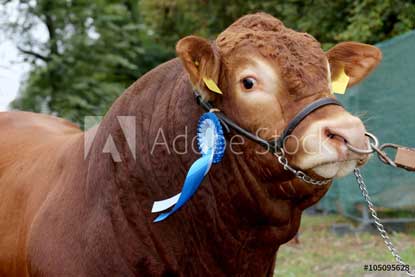
Section 1
Project Record
all our projects of happiness are liable to be frustrated Webster's 1828 Dictionary
Well, on that encouraging note, let's talk about the most involved section of a record book. Every project you are enrolled in needs a separate Section 1 for each year you are enrolled in it. Section 1 takes up the most time and space in a vetern 4-Her's record book, so we will spend a good deal of time talking about it here.
Requirements
| Juniors (Ages 8-10) | Intermediates (Ages 11-13) | Seniors (Ages 14+) | |
|---|---|---|---|
| Minimum # of Goals | Two (2) | Three (3) | Four (4) |
| Project Description | Addresses who, what, when and where of project qualitatively in less than 300 words. | ||
| Size and Scope | Includes quantitatative information pertaining to the materials and time required to complete the project. Finacial Information and Market Summary sub-sections should be filled out if applicable to the project. | ||
| Knowledge and Skills Aquired | Lists things learned in project. | Lists things learned in project and addresses each goal. | Lists things learned in project and demonstrates how at least 2 goals were met, as well as addressing all goals. |
| Exhibition Summary | Lists exhibitions and placings from entire year. | ||
Goals
If you aim at nothing, you will hit it every time Zig Ziglar
Here's an exercise I want you to try at home. Before you start a 4-H project, get out a blank sheet of paper. At the top, write down why you want to be in this project this year. Then, underneath that write down four or five things you broadly want to acomplish this year in this project. Now, like any organized and motivated individual, lose the sheet of paper and don't look at it for three months. If you followed the instructions, you will probably find that you have already made significant progress toward those four or five items you wanted to acomplish. If so, then take this oportunity to solidify your broad objectives into GOALS.
Goals are desired acomplishments that are SMARTY. Here's what that means:
S |
Specific |
|---|---|
M |
Measurable Goals must have a fully objective way to tell if you've acomplished them or not. |
A |
Acheivable/Attainable Attaining the goals must be fully in your control, not another person, animal or circumstance. |
R |
Realistic Make sure your goals are actually something that can be attained in real life. |
T |
Time-bound Goals should always have a time by which they should be acheived. (Hint: in terms of record books, the end of the 4-H year is always a good time limit!) |
Y |
Why Goals should always be motivated by a good reason or higher purpose. Sometimes, you will need goals just for the sake of completing your record book, but try to keep those to a minimum. (Remember the goal exercise!) |
Project Description
If you can't explain it to a six year old, you don't understand it yourself. Albert Einstein
Use the project description to explain what you did in the past year to someone who doesn't know anything about that subject. A good project description should read almost like a newspaper brief about your project. Like a good reporter, include information on the
- Who (parents, siblings, project leaders)
- What (leathercraft halter, market steer show, cooking recipe)
- When (at fair, at the spring judging contest, at home all year)
- and
- Where (at Hansen arena, at home, at SAREC)
of your project.
Note
Size & Scope
There's always a four-point-five percent margin of error, plus or minus. The Accountant in The Accountant